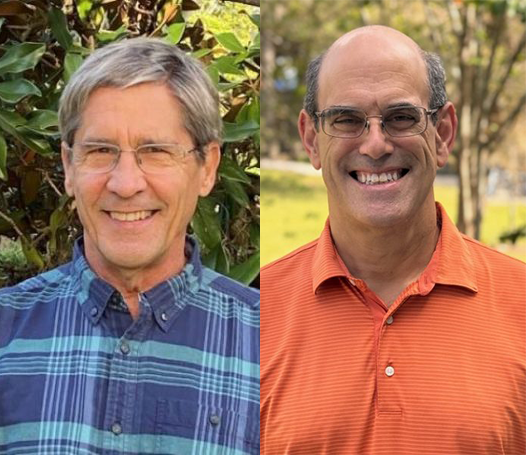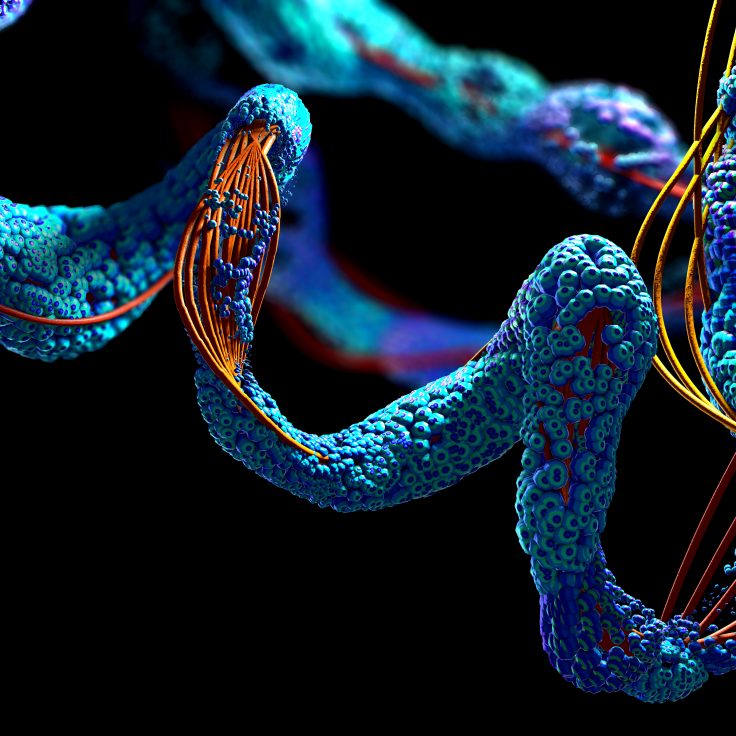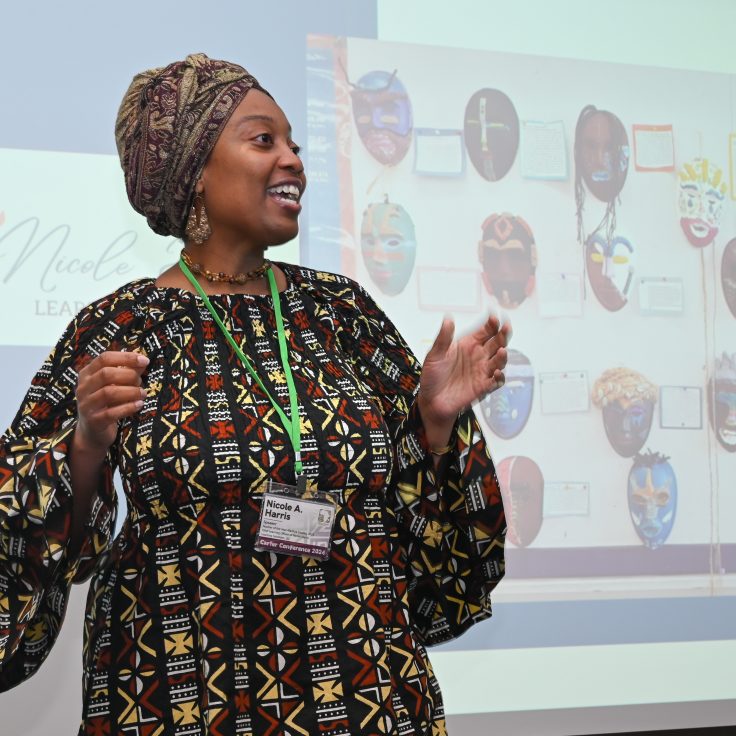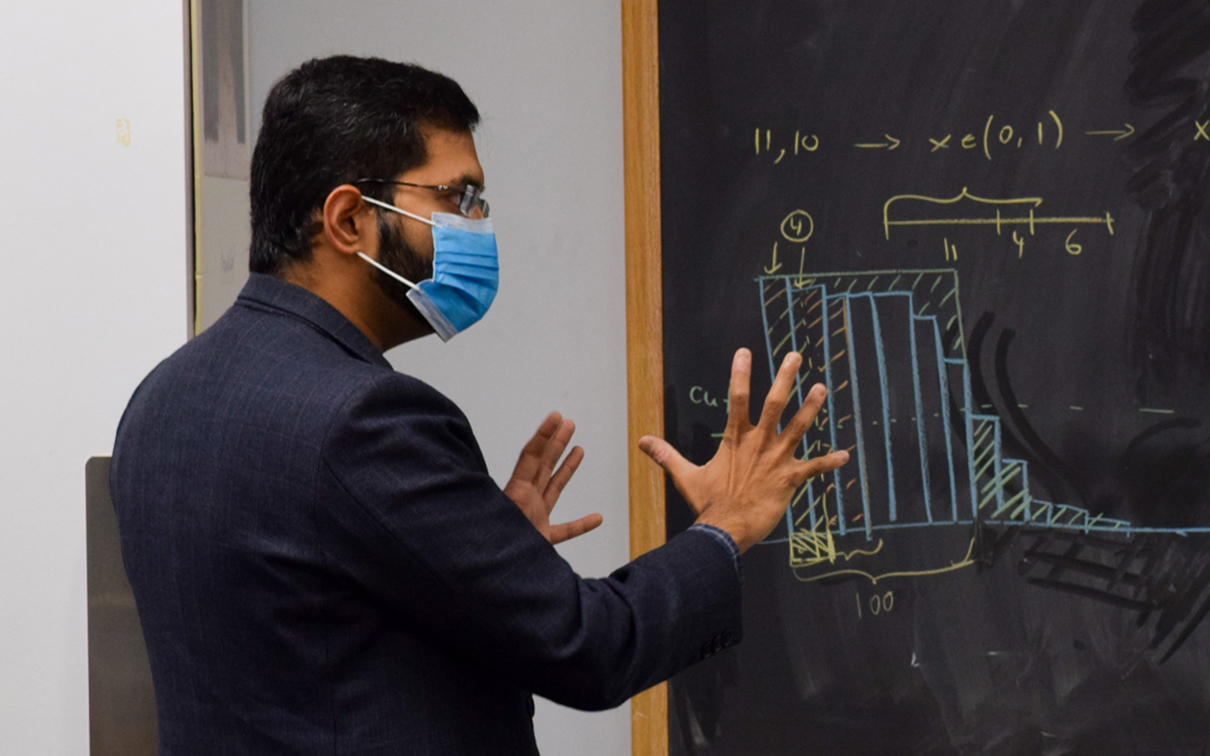
Biophysicist Develops AI Methods to Understand How Cells ‘Talk’
New research could lead to more precise treatment of complex diseases
Cells may be the simplest units of life, but that doesn’t stop them from communicating in complex ways. UF biological physicist Purushottam Dixit believes that artificial intelligence (AI) can let us in on cells’ conversations — and possibly help scientists introduce more targeted, effective therapies in medicine.
Awarded a $1.82 million grant from the National Institutes of Health (NIH), Dixit and his research team will use UF’s high-powered supercomputer, HiPerGator, to explore cellular communication. Through a process called cellular signaling, cells take in and respond to cues from their neighbors and environments — deciding, amongst other things, whether to move, grow, or respond to threats.

“Signaling networks are the ‘eyes and ears’ of the cells that allow them to interpret what’s happening in their environment so that they can make decisions,” Dixit explained.
There can be vast differences, however, between individual cellular responses to the same cue. That’s where AI comes in handy. Technological advances in the last five years now allow researchers to analyze massive volumes of data to better understand deviations in behavior by genetically identical cells.
Differing cell responses to external stimuli can have dire consequences. For instance, certain cancer drugs use signaling networks to instruct tumors to die. “Because there is heterogeny in the response of individual cells to this external input, some cells may not die,” Dixit said. “And that’s not good for us — it’s good for the tumor, but not for us.”
Signaling networks are the ‘eyes and ears’ of the cells that allow them to interpret what’s happening in their environment so that they can make decisions.
Scientists have a general idea about why some cells thwart the messages sent to them. Some fluctuations boil down to a concept of randomness known as “stochasticity.” Additionally, the number of molecules in each cell can vary, even between genetically identical cells. If you think of these networks of cellular interactions as complex circuits, this variation impacts the “wiring” of these cells’ signaling responses. “One can think of it as using slightly different hardware to understand what’s happening in their environment,” Dixit said.
Although researchers have grasped a basic understanding of cellular signaling, the biochemistry driving the diversity in these processes remains poorly understood.
“We want to figure out the differences in this ‘machinery’ between different cells that allows some of them to behave in a certain way, some of them to behave in another,” Dixit said. “If we know that, we’ll be able to, let’s say, rationally design combination drug treatments.” These multi-faceted drug ‘cocktails’, both antibiotic and anti-cancer, can more effectively combat disease and reduce the risk of drug resistance.
Dixit hopes that once armed with this insight, scientists can develop antibiotics that kill bacteria — and chemotherapy drugs that kill tumors — with heightened precision. Conversely, tissue engineers will be able to encourage cells to grow with greater accuracy, improving the success of therapeutic reconstructions like skin grafts.
This study is Dixit’s first time bridging his work with AI methods. He’s excited about the ability to analyze an abundant amount of data quickly and efficiently. While he’s using brand new AI technologies to advance his research, Dixit stresses that he will not lose sight of the past. “Our goal is to integrate some of the biochemical knowledge gained over the past 50-100 years to build more specific machine learning methods tailored for this type of biological data,” he said.
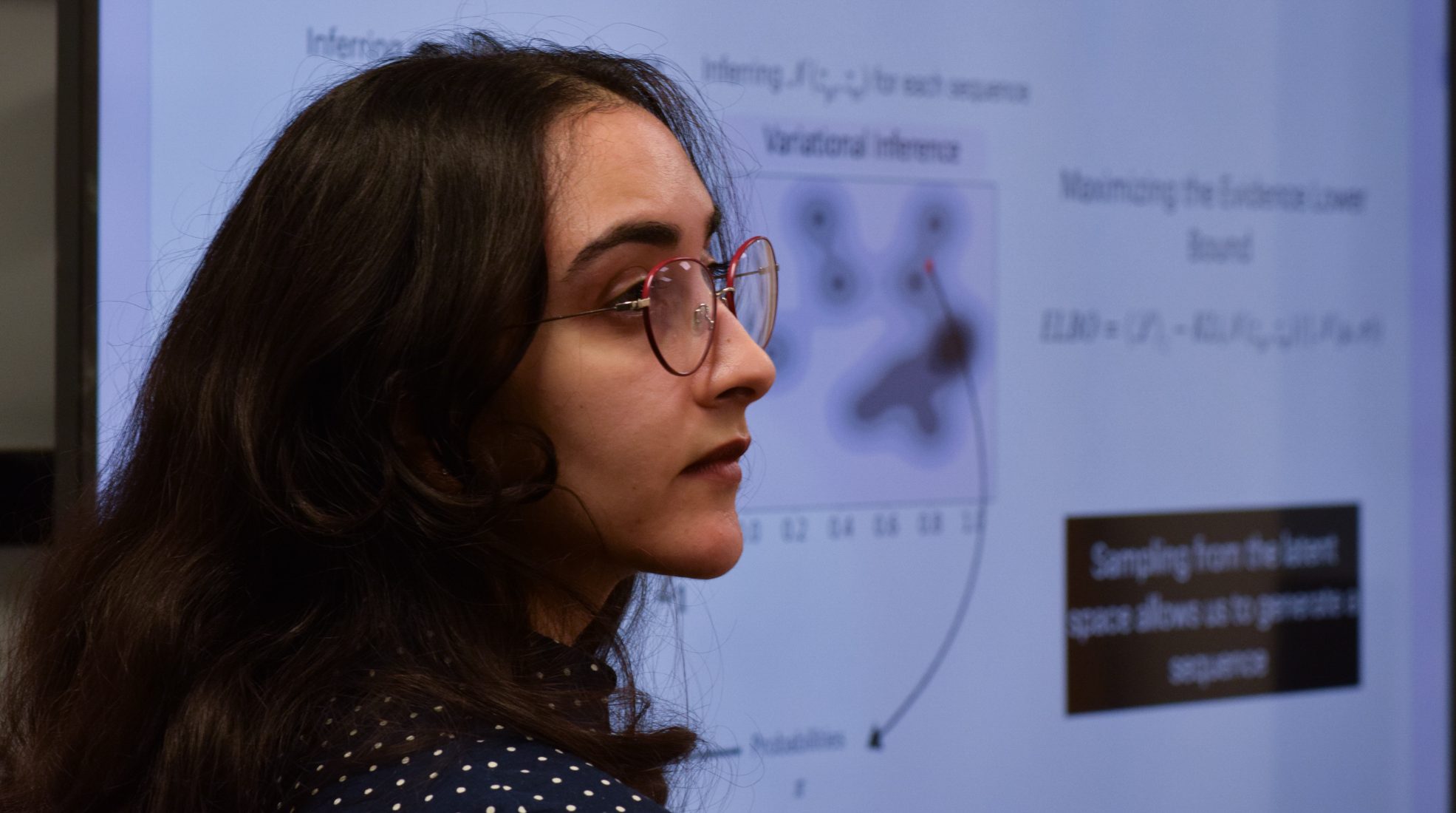
Dixit, who joined UF’s Department of Physics in January 2020, was drawn to the department’s renewed focus on establishing and expanding the scope of biological physics. “To be present in the significant growth of biophysics in our department, compared to joining a department with a well-established presence, was quite attractive to me,” he said. The physics department has recently hired several other faculty members focused on biophysics.
Dixit’s research takes an ambitious step toward enabling scientists to design more effective therapies to combat the diseases that ail humanity. “Whenever there is a response by cells that is heterogeneous to the population, it is of interest to understand the mechanistic origin of it,” Dixit said.
Learn more about Dixit’s Laboratory of Computational Biophysics, its research and the undergraduates, graduate students, and postdoctoral scientists who comprise the research team here.
